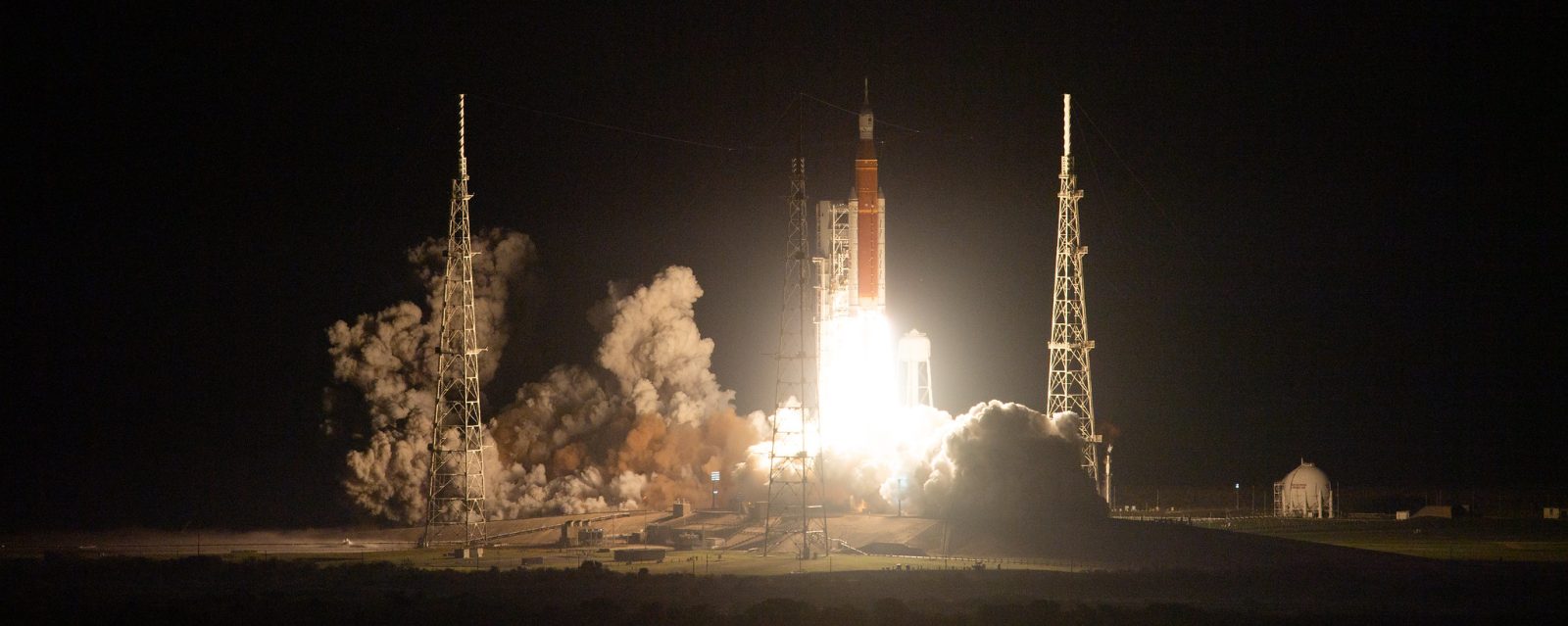
After years of delays and several frustrating launch attempts, Artemis 1 has launched and is on its way to the Moon. Finally, the planets aligned for NASA and the SLS rocket to take flight and wow onlookers who have waited for this moment for a very long time.
Practice makes perfect
I don’t think I need to explain how troublesome Artemis 1 has been to all of you following its launch attempts this year. Between leaking hydrogen seals and faulty sensors, this was Artemis 1’s third launch attempt. Of course, you also can’t forget the numerous wet dress rehearsals and green run tests the rocket went through at Kennedy and Stennis space flight centers.
This led to Wednesday morning’s launch attempt having a very smooth start. The week leading up to the launch, you could tell the community didn’t have a lot of hope that NASA’s Space Launch System, now the most powerful rocket ever launched, would actually fly. It has endured not one but two hurricanes, the second having to be out at the pad due to no safe way to return it to the VAB in time. However, as the sun set Tuesday on a fully fueled Core Stage, the feeling started to change.
I walked around the press site that night and kept tabs on the feelings of fellow reporters and photographers there to capture the launch. While some doubters remained until launch, you could feel the mode switch slowly, with many going from doubtful to hopeful to even adamant it was launching.
Dramatic ‘Red Team’ deployment and range issue
Of course, an Artemis launch wouldn’t be complete with some dramatic moments to keep us on our feet, but it’s been a while since we’d seen a “Red Team” get deployed to the pad. Late in the count, a leak was caught in a hydrogen valve inside the Mobile Launch Platform. While teams attempted to remedy the issue remotely, sending humans into the blast zone was necessary to fix the problem manually.
A three-person team was assembled, two technicians and a safety supervisor, to enter the zero deck of the mobile launcher to tighten bolts to stop the leak hopefully. These individuals, putting themselves at significant risk, saved NASA from scrubbing last night’s launch. Historically during the Shuttle, Apollo, and earlier programs, NASA has used small teams to go to the pad to fix issues during launch operations. We just haven’t seen it take place in a very long time.
A second issue that could have caused a scrub, but was more irritating than dramatic, was the Space Force losing contact with a radar site. The eastern range is under the command of Launch Delta 45, and it has several locations around the Space Coast and further to track and, if needed, send termination commands to the rocket. This radar site was required for launch as it would activate SLS’ flight termination system if it flew off course.
While the solution seemed simple, a fault network switch that would have to be swapped out, the timeline took many by surprise. The range told NASA it would be no-go on launch until it would be swapped and tested, which they estimated would take at least 70 minutes. Luckily NASA was almost an hour and 20 minutes ahead of schedule, so while between this and the leaking valve pushed the launch back from its original 1:04 a.m. launch time, Artemis 1 lifted off LC-39B (the first launch since the Ares-1X mission in 2009) at 1:47 a.m. EST.
Now what?
This thought went through my head both jokingly and seriously after witnessing the launch of a rocket I’d been waiting to see for years. So far, the Artemis 1 mission has been successful, obviously will have to wait for the Orion capsule to return for the final verdict, but no more “when will SLS finally launch” jokes or “will SLS beat Starship” articles. It has happened. We are now in an era where NASA operates the world’s most powerful rocket. Is it insanely expensive? Yes. Will it be worth that cost in the long run? I think only time will tell.
FTC: We use income earning auto affiliate links. More.


Comments